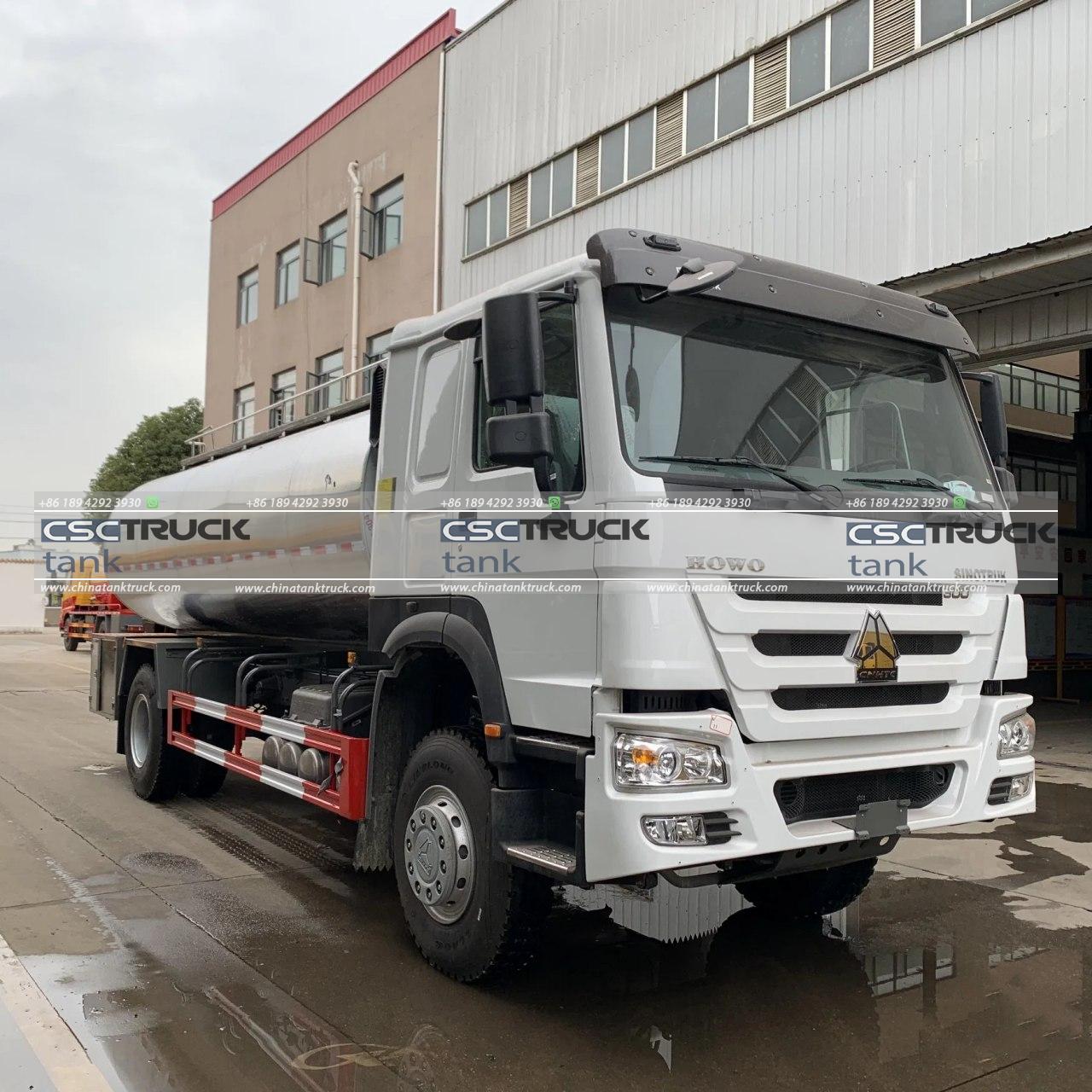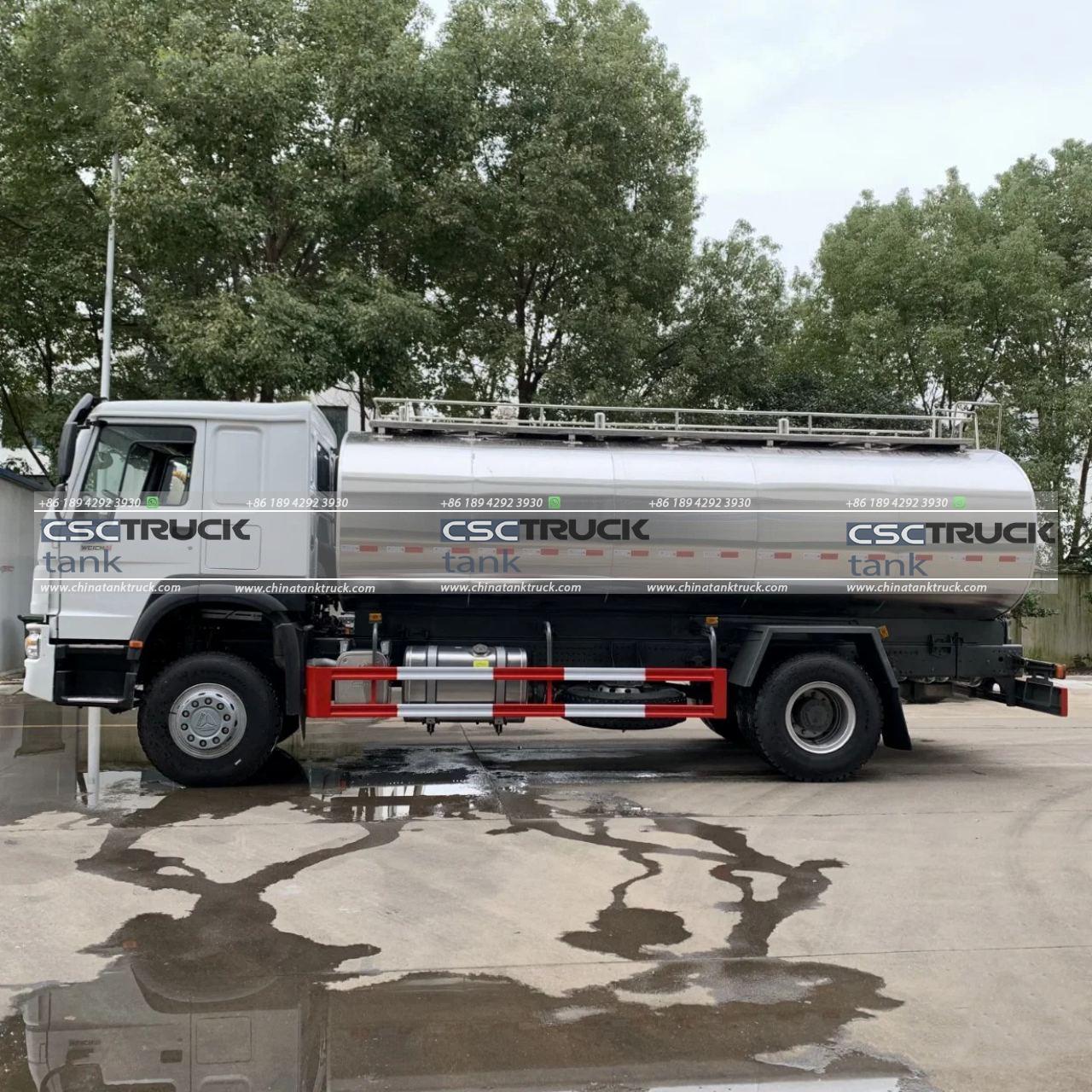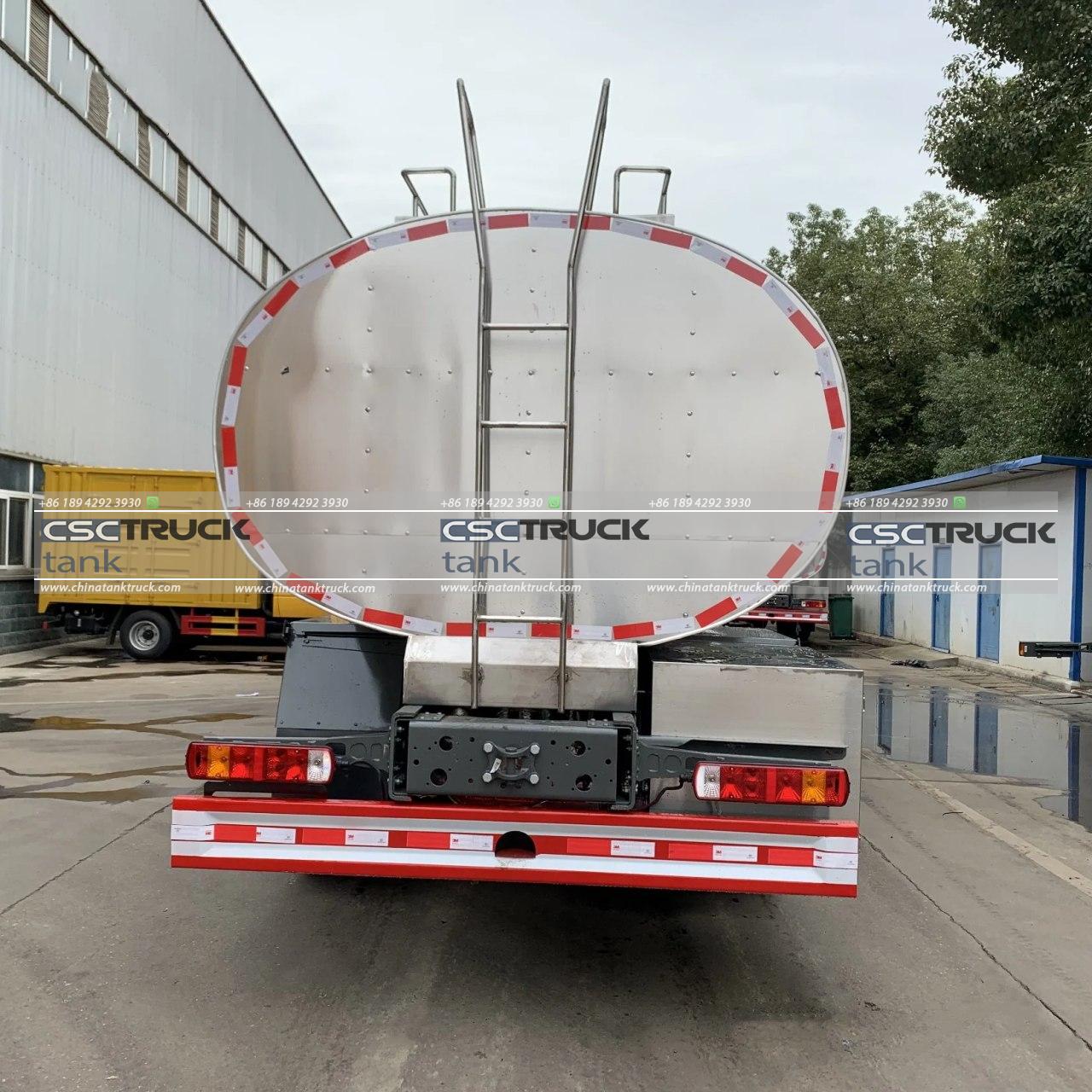What is a Bulk Milk Tanker?
In the vast and intricate world of dairy production, efficiency and hygiene are paramount. Among the critical components that facilitate the smooth operation of this industry is the bulk milk tanker. But what exactly is a bulk milk tanker, and why is it so crucial to dairy farming and milk distribution? This article delves into the definition, purpose, design, and significance of bulk milk tankers in the dairy supply chain.
Definition and Purpose
A bulk milk tanker, also known as a milk truck or milk tank truck, is a specialized vehicle designed for the transportation of liquid milk from dairy farms to processing plants or distribution centers. These tankers are built to handle large quantities of milk, typically ranging from 5,000 to 10,000 liters (1,320 to 2,640 gallons), ensuring that the milk remains in optimal condition throughout its journey.
The primary purpose of a bulk milk tanker is to transport milk efficiently and hygienically. Milk is a perishable product, and maintaining its quality is essential to prevent spoilage and ensure safety. Bulk milk tankers are equipped to keep the milk at a consistent, chilled temperature during transit, which is crucial for preserving its freshness and preventing bacterial growth.

Design and Construction
The design of a bulk milk tanker is tailored to meet the rigorous demands of milk transportation. These tankers are constructed with several key features to ensure they function effectively and meet health and safety standards.
1. Material and Insulation
Bulk milk tankers are typically made from high-quality stainless steel. Stainless steel is preferred due to its durability, corrosion resistance, and ease of cleaning. The inner surface of the tanker is smooth and non-porous, minimizing the risk of bacterial contamination and making it easier to sanitize.
The tank is also equipped with insulation to maintain the milk at a constant temperature, usually around 4°C (39°F). Insulation helps to prevent temperature fluctuations that could lead to spoilage. Some tankers are fitted with refrigeration units that can actively cool the milk if needed.
2. Tank Design
The tank itself is usually cylindrical, which allows for efficient mixing and minimizes the risk of sediment buildup. The design includes a smooth, polished interior to ensure that there are no crevices where milk residues can collect. The tank also features a series of valves and pumps for loading and unloading the milk.
3. Cleaning Systems
To maintain hygiene, bulk milk tankers are equipped with cleaning systems. These systems often include automated wash cycles that use hot water and detergent to clean the interior of the tank after each load thoroughly. Regular cleaning is essential to prevent cross-contamination and ensure that each batch of milk is transported in a sanitary environment.
4. Temperature Control and Monitoring
Temperature control is crucial for the proper handling of milk. Bulk milk tankers are equipped with temperature monitoring systems that continuously track the milk’s temperature during transit. In the event of a temperature deviation, alarms can alert the driver to take corrective action.
The Role in the Dairy Supply Chain
Bulk milk tankers play a pivotal role in the dairy supply chain, serving as the bridge between dairy farms and processing facilities. Here’s a closer look at how these tankers fit into the larger picture of milk production and distribution:
1. Collection from Farms
Farmers rely on bulk milk tankers to collect milk from their dairy herds. The tankers are equipped with pumps that can quickly and efficiently transfer milk from the farm’s bulk tank into the tanker. The process is designed to minimize the time between milking and transportation, which is crucial for maintaining milk quality.
2. Transportation
Once loaded, the tanker transports the milk to a processing plant or distribution center. During transit, the milk’s temperature is carefully regulated to prevent spoilage. The journey can vary in length, depending on the distance between the farm and the processing facility, but the tanker ensures that the milk remains in optimal condition throughout.
3. Processing and Distribution
Upon arrival at the processing plant, the milk is unloaded and tested for quality. This includes checking for temperature, composition, and contaminants. After processing, the milk may be pasteurized, homogenized, and packaged for distribution to retailers and consumers. The bulk milk tanker’s role in ensuring the initial quality of the milk is therefore integral to the entire dairy supply chain.

Benefits of Bulk Milk Tankers
Bulk milk tankers offer several benefits that contribute to the efficiency and effectiveness of milk transportation:
1. Efficiency
Bulk milk tankers are designed to transport large volumes of milk in a single trip, reducing the number of trips required and minimizing transportation costs. This efficiency is vital for managing the logistics of dairy production and ensuring a steady supply of milk to processing plants.
2. Hygiene and Quality
The design and cleaning systems of bulk milk tankers ensure that the milk is transported in a sanitary environment. By maintaining the milk at a consistent temperature and preventing contamination, bulk milk tankers help to preserve the quality and safety of the milk.
3. Flexibility
Modern bulk milk tankers are equipped with advanced features that allow for greater flexibility in transportation. For example, some tankers have compartments that can be used to transport different types of dairy products or separate batches of milk. This versatility enhances the efficiency of the dairy supply chain.
Conclusion
In summary, bulk milk tankers are a vital component of the dairy industry, facilitating the efficient, hygienic, and reliable transportation of milk from farms to processing plants. Their specialized design, including features like stainless steel construction, insulation, and advanced cleaning systems, ensures that milk is handled with the utmost care throughout its journey. By playing a crucial role in the dairy supply chain, bulk milk tankers help to ensure that consumers receive fresh, high-quality milk and dairy products.


